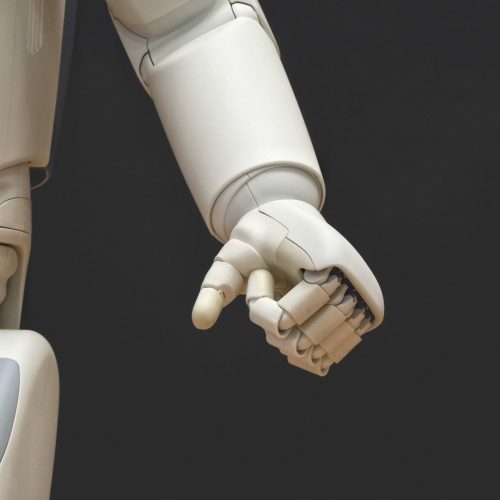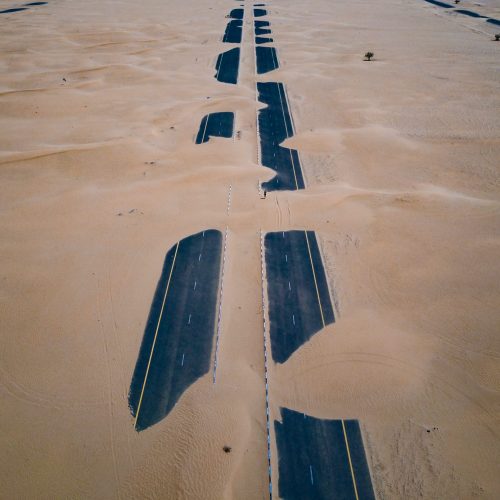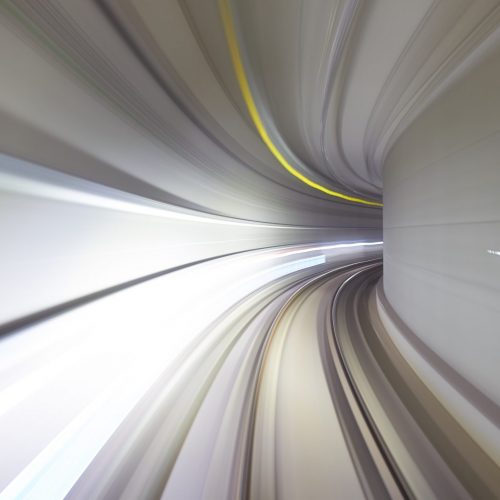The more connected we are, the more we are at risk to each other
How much of your life would change if you were hacked? You don’t worry about it because you’re taking all of the advised precautions, right? You change your cloud password when it prompts you, you use fingerprint ID to get into your smartphone and never give your bank details to cold callers. Is that enough though? How else could your safety be compromised?
Our future world can be hard to imagine, but we owe it to ourselves, and future generations, to foresee the potential risks in what we are creating today.
Take the revolutionary Amazon Prime-Air for example, something that is steadfastly becoming a reality and signalling the beginning of drones being our go-to delivery option. In the future, we will have breakfast delivered to our built-in drone hatches, we will scrape our knee while hiking and have a medical kit airdropped to us from an aerial pod and our children will forget their schoolbag at home so we will send it to them in a communal drone. On a larger scale, our crops will be sprayed by a drone in minutes, our luggage will be picked up from our home and delivered to our overseas hotel, and no surface of our planet will remain unexplored.
With drones likely being the first fully automated aerial pod to be commonly used, we should seize on the opportunity to learn from them and prepare for the future even further. Of course, I am talking about the highly anticipated and sometimes feared automated vehicle.
Do you ever think about your current vehicle being compromised? If you keep an eye on your keys it should be ok, right? What about when automated driverless vehicles become the preferred mode of transport? Our cars and roads will be purpose-built to pair with and follow centrally held satellite grids of our cities. Our roads will interact with the grid, as will every vehicle for maximum safety & efficiency. What if someone deviates from the grid? How will that compromise your safety?
t’s important to remember that the feared negatives of automated vehicles are generally predicted to be outweighed by the positives. The advancements in automation will allow us to get our time back, to focus on more important tasks and connect better with people. It’s widely agreed that loneliness will be the next big killer; these advances in technology will undoubtedly be a solution in part.
As experts in Security & Risk Management, our job is to ensure the exciting advances in technology and our built environment remain an asset and not a tool for destruction. As we move forward, building bigger, better cities the prevalence of violence and crime will also increase, that’s human nature, and we can’t get away from that, but we can anticipate it. Ultimately you don’t want your city to fall behind its peers when it comes to security, that in itself makes it more of a target.
So what do we need to anticipate now?
We must prepare for any likelihood of a drone being hacked and releasing harmful chemicals over a packed football stadium, your food delivery being hijacked and compromised or simply the birthday gift you ordered for your spouse being stolen during transit. We must also be prepared for an automated vehicle being compromised and driven off grid onto a busy street or building or even a hacker gaining control of the vehicle taking children to school. Of course, these are very spy-movie examples of situations that rarely happen today but they are food for future thought.
The key to preventing potential dangers is considering a security planning and design risk, based approach when engineering our places and recognising that as risk continually changes in society, so does our perception of risk. Thirty years ago, big buildings installing CCTV was a major step in our security and was an advanced solution to deterring and solving crime. Now, our perception has changed along with technology, we have personal CCTV on our front doors sent straight to our smartphones, and we are experimenting with public cameras using facial recognition, confirming that one of the issues we are continually facing in security is what is a promising solution today, may not be one in the future.
Security & Risk Management recognises that how we build our environment is the first step in being truly prepared for risk. How we create a community can be directly linked to our safety – if you can increase the community feeling you enable people to feel like they own a space, which in turn reduces crime. Including maximum communal green space wherever possible, encouraging accessibility to social spaces (like parks and coffee shops) and considering how people will move around their area have all been proven to increase the sense of community. There are also even simpler solutions such as ensuring walkways feel wide and well lit, security cameras are visible and catching all angles and minimising time spent in carparks or stairwells.
Some of these are modern solutions and some date back as long as we have been building cities. However, new technology is giving us a great opportunity to get ahead and reduce risk in the design process. We can use virtual reality to see and feel a development and its surrounding area before it’s built to truly grasp its sense of safety and security. We will one day have the ability us to override a dangerous vehicle or drone. We can make our spaces adaptable to change, so it isn’t left behind when the risk also changes. We can even install streetlights that generate their own energy so no part of the city is ever in a blindspot.
Enabling our clients to feel a level of comfort in how resilient they can be, gives them the ability to not only prevent but also plan for events and incidents while empowering them to respond and recover effectively.



